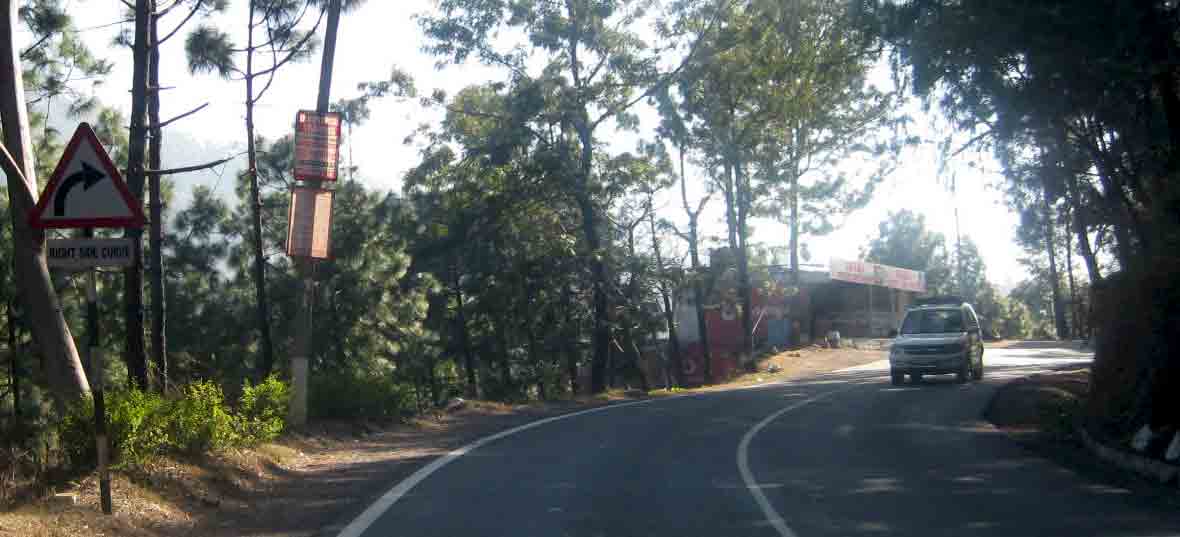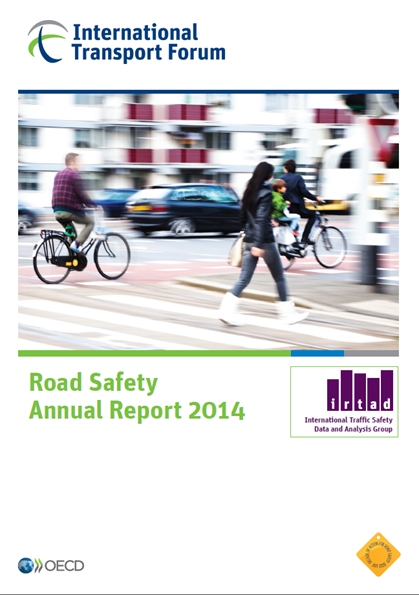
Road Safety Manual
A manual for practitioners and decision makers
on implementing safe system infrastructure!

Road Safety Manual
A manual for practitioners and decision makers
on implementing safe system infrastructure!
Crash data can be extremely useful to a number of agencies and individuals, including:
This section considers the availability of crash data, different users, and current international cooperative efforts to improve crash data.
Crash data is useless to organisations that cannot access it. Appropriate methods for distributing data should be developed for each agency that requires it, through the use of statistical reports, newsletters, websites and workshops (WHO, 2010). If the funding is available, an excellent way to make crash data available is through the use of online public searchable databases, which can provide customised reports based on location, injury type, or other crash characteristics (WHO, 2010). An example of such a system is provided in Box 5.6.
Another effective method to distribute data is through the media, which can act as an agent of change by influencing public and political opinions.
It is important to remember that regardless of the method of distribution, those responsible for crash data also hold the responsibility to protect the privacy of individuals involved. Steps can be taken to assist with this as outlined in WHO (2010).

Data can be used to raise awareness about particular road safety issues, and to act as evidence and draw support for a certain policy, programme or allocation of resources (WHO, 2010). Common advocacy activities include workshops, news reports and campaigns. Advocacy is an important part of road safety – it can be the source of funding and public support. It is important to note that any advocacy material must take the target audience and the context of the recommendation/cause into account in order to have a desirable affect. WHO (2010) provides a number of tips for developing advocacy messages for policy-makers. The Cambodia case study demonstrates the use of road safety data for advocacy purposes.
Road safety engineers are often the most common users of police-based crash databases for road safety work. Crash data is used to identify high crash risk sites, as well as possible identification of risk factors that are specific to the site. This is explained in further detail in Assessing Potential Risks and Identifying Issues.
In the identification of problematic crash locations, target groups or particular risk factors, policy makers use crash data to approximate the size of the problem in terms of counts, severity, trends and the costs of road traffic injuries (WHO, 2010). It is therefore important that these individuals have access to crash characteristics, such as age group, crash type and road user group, so that they can make informed decisions about which high-risk problems get priority and what solutions can be effectively implemented.
Police can also utilise crash data to target enforcement towards a particular issue or location. It is important that the police receive regular feedback so that they can see how their efforts in the collection of crash data, and in traffic enforcement, are having a positive impact (WHO, 2010).
Crash data is essential to evaluate treatments and policies that have been introduced. Evaluations provide a knowledge base about the effectiveness of a given treatment, as well as ensuring that current programmes are providing the expected and desired results.
New analyses can strengthen the known effectiveness of an initiative, such as through the development of crash modification factors (CMFs). Further information is provided in Monitoring and Evaluation of Road Safety on the monitoring, analysis and evaluation of road safety countermeasures, including the effectiveness of treatments and development of CMFs.
International cooperation is essential for data coordination and benchmarking. International assessments can help to identify and monitor national road safety issues, as well as to evaluate the effectiveness of any methods implemented on a wider scale. Benchmarking (through a comparison of safety performance with similar peer countries, regions, cities, etc.) can lead to the identification of road safety issues that need to be addressed. It is important to note that this cannot be achieved unless there is consistency across crash variable definitions. Coordination also helps countries and governments to improve their road safety data quality and collection systems (see Box 5.7).

In 1988, the Organisation for Economic Co-operation and Development (OECD) established the International Road Traffic and Accident Database (IRTAD). This database includes crash and traffic data from over 30 countries, which is continuously updated and analysed for trends.
The database includes data such as crash severity, road user group and road user age, and also includes relevant country details such as population, vehicle composition, road network length and seatbelt usage rates. This has allowed very useful benchmarking to occur, allowing comparison of fatality rates (e.g. road fatalities per 100,000 population) between countries.
The IRTAD Group is a working group consisting of road safety experts and statisticians from all over the world. Its main objective is to contribute to international cooperation on safety data and analysis. This is achieved through the exchange of data collection and reporting systems and trends in road safety policies, research and publications on key and emerging issues in road safety and through providing advice on specific road safety issues to member countries.
The IRTAD Group is also in charge of the development of the IRTAD network and database coverage, twinning programmes to assist LMICs in improving their data collection and reporting systems, the IRTAD Conference, and publication of the Annual Report. It also provides standardised definition and methodologies for comparison purposes (e.g. defining injury and crash severities)
Source: OECD/ITF, (2014).
Within the framework of its outreach strategy in LMICs, IRTAD has launched a twinning programme to assist countries. IRTAD is working with a number of organisations in an effort to assist LMICs improve their data collection methods and database setup and management. Several such arrangements exist, including twinning between Cambodia and the Netherlands, Jamaica and the UK, and Argentina and Spain. Other partnerships are currently being developed. The case study in Box 5.15 provides information on the twinning arrangements between Argentina and Spain. Box 5.16 provides details of a broader regional observatory in Latin America. Box 5.17 provides details of the IRTAD/OISEVI Buenos Aires declaration on better safety data for better road safety outcomes.
Example of data collection and use of data are shown in the following two case studies, highlighting Argentina and Spain, as well as the Ibero-American Road Safety Observatory.
In November 2013, 40 countries met at the Joint IRTAD/OISEVI Conference in Buenos Aires. The meeting agreed on 12 recommendations on better safety data for better road safety outcomes, including that:
Full details can be found at the following website: http://www.internationaltransportforum.org/jtrc/safety/Buenos-Aires-Declaration.html
In Europe, a centralised database of road crashes has been developed. The Community Road Accident Database (or CARE) is hosted by the European Commission and includes information on fatal and injury crashes. Details on individual crashes are retained (i.e. the information is not combined), thereby allowing for more powerful analyses to be conducted. A protocol for the collection of data has been developed, with common variables specified. The intention of the database is to provide the basis for analysis to:
Further information on CARE can be found on the European Commission website (http://ec.europa.eu/transport/road_safety/index_en.htm).